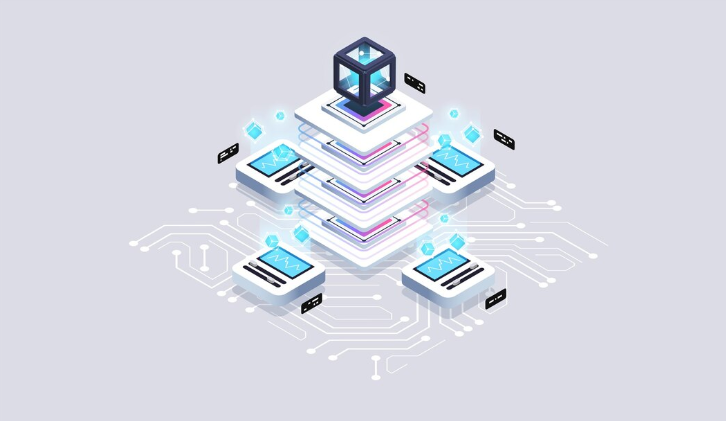What is microservices architecture? This is a strategy for building and deploying enterprise systems known as microservices, or microservices architecture, which builds a complex application from modular components or services.
Every module employs a well-defined communications interface and supports a particular job or business objective. for interacting with other modules and services, like an application programming interface (API).
Virtual containers and networking technologies are heavily utilized in microservices architectures. It is renowned for its scalability, deployment, and simplified module development features, which make it especially well-suited for creating applications for contemporary public clouds.
An important change from conventional monolithic application architectures is a microservices design. One executable application contains all of the main features and functionalities. Author and software developer Martin Fowler is recognized for deconstructing services.
How Does The Microservices Architecture Work?
An application is separated into discrete activities and services in a microservices architecture. Every job or service is made separately, executes a distinct procedure, and typically maintains its own database. A service can manage user identification or authentication, log data, provide user interfaces (UIs), produce alerts, and carry out a number of additional processing and computing duties. Are you thinking of what is microservices architecture and how it works?
In contrast, a conventional monolithic design may include the same basic set of functions and services required to achieve the goal of the application. However, a single, sizable, all-in-one executable application contains all of those features. Many of the tasks that were previously completed by monolithic application designs can be completed by a microservices application.
Development teams can create software in a more decentralized manner with the help of the microservices architecture. Independent isolation, rebuilding, testing, redeployment, and management are all possible for every service.
Microservices Architecture And Design Characteristics
Every microservice architecture module uses a clearly defined communications interface and supports a particular job or business objective. for interacting with other modules and services, like an application programming interface (API).
A microservices architecture is characterized by its simplified module creation, deployment, and scalability and heavily utilizes virtual container and networking technologies. This feature is especially useful for creating applications for contemporary public clouds.
Traditional monolithic application architectures, in which all of the main features and functionalities of the application are coded into a single executable application, are significantly different from microservices systems.
The concept of dividing services in a service-oriented architecture (SOA) into microservices is credited to author and software developer Martin Fowler.
How Do Microservices Work?
An application is separated into discrete activities and services in a microservices architecture. Every job or service is made separately, executes a distinct procedure, and typically maintains its own database.
A service can manage user identification or authentication, log data, provide user interfaces (UIs), produce alerts, and carry out a number of additional processing and computing duties.
In contrast, a conventional monolithic design may include the same basic set of functions and services required to achieve the goal of the application. However, a single, sizable, all-in-one executable application contains all of those features. Many of the tasks that were previously completed by monolithic application designs can be completed by a microservices application.
Microservices Architecture And Design Characteristics
The functionality of a whole application is created by the intercommunication and data transfers between the distinct components and services that make up the microservices architecture.
API-Driven. In order to enable communication between components and other applications, a microservices architecture depends on APIs and API gateways.
Separation of Data. Every service has access to its own storage volume or database.
Automation. There might be a lot of components in microservices applications, and manually deploying them can be difficult. For component deployment and scaling, microservices rely on automation and orchestration systems.
Distinct Elements. Services are created and implemented as separate parts that cooperate to do a certain task or meet a certain need.
Dispersed. Although loose coupling necessitates frequent and substantial communication between components, unique microservices components have few if any, dependencies.
Resilient. Maximum fault tolerance is built into the architecture of services. An entire application shouldn’t be rendered inoperable by a single service failure. This frequently calls for high scalability strategies, redundant deployment failover, and excellent software design and site reliability engineering (SRE) approaches.
In Conclusion
Development teams can create software in a more decentralized manner with the help of the microservices architecture. Guess you get the idea of what is microservices architecture. Independent isolation, rebuilding, testing, redeployment, and management are all possible for every service. For instance, if a program isn’t producing reports correctly, IT personnel can identify the issue with a particular service and, without affecting other services, test, restart, patch, and redeploy that service as needed.




